Reading The Rocks: Geological Clues To Ancient Impacts
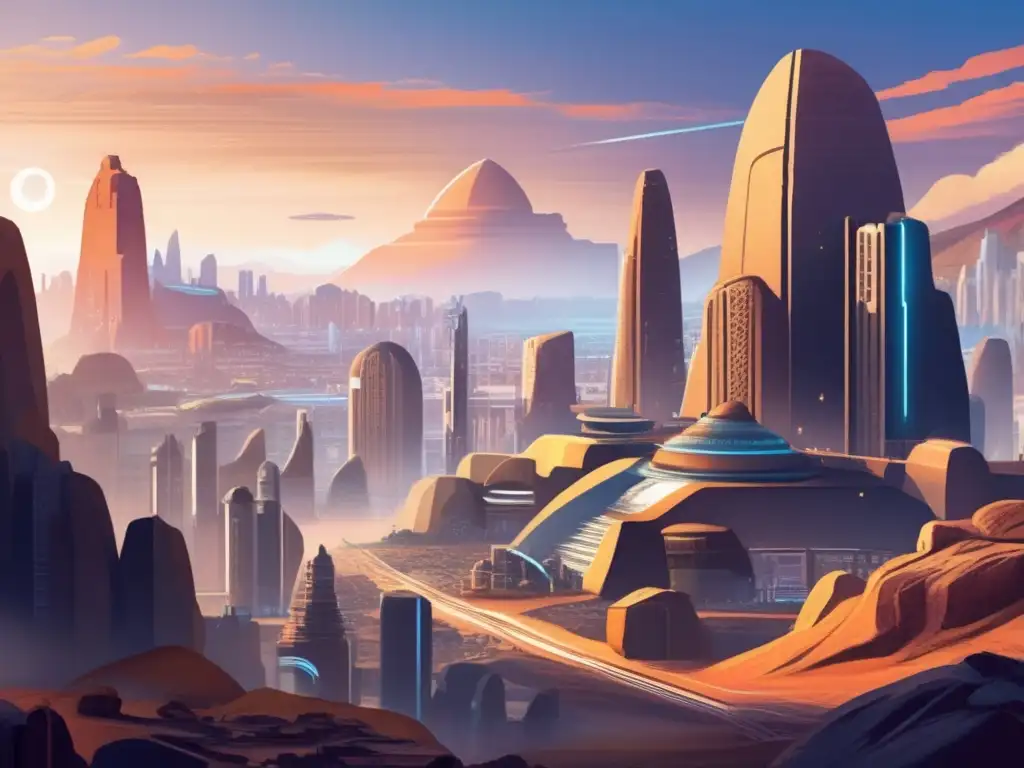
Introduction
Asteroid impacts have been shaping the Earth and other celestial bodies for billions of years. These high-energy events have the potential to cause devastating effects on the planet's environment, including mass extinctions, climate change, and even the creation of life. Although asteroid impacts are rare events, studying them provides insights into the history of our planet and raises awareness of the potential dangers that asteroids pose. In this article, we will explore the geological clues left behind by ancient asteroid impacts, which can tell us a lot about these catastrophic events.
Impact Craters: A Geological Signature
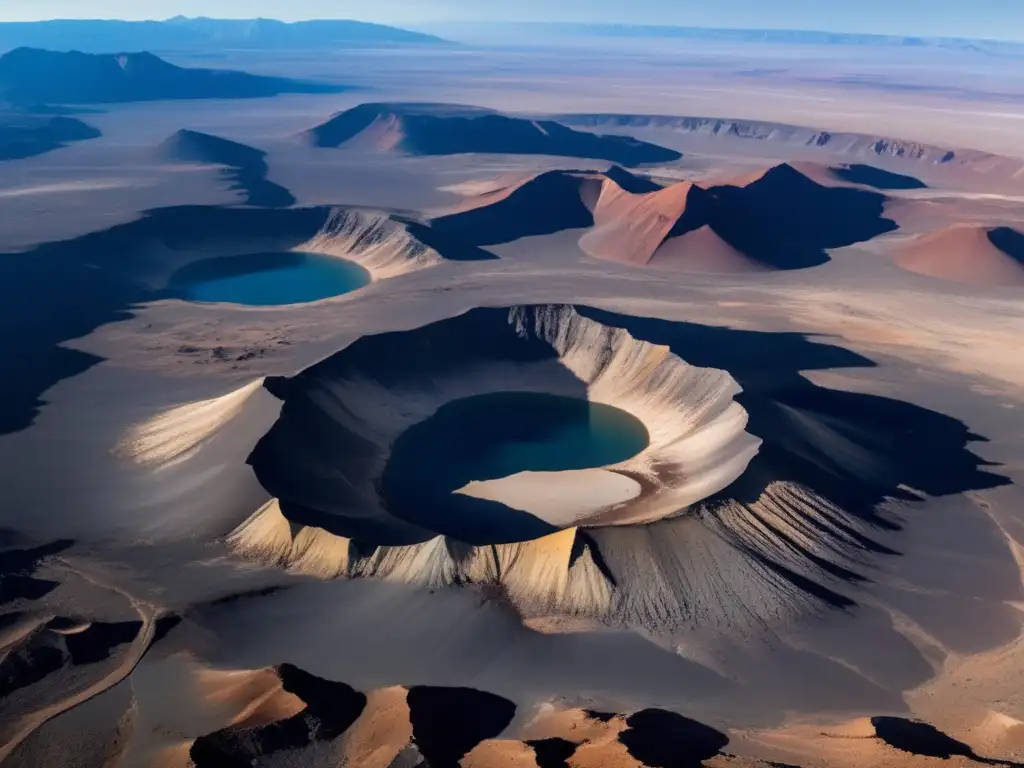
The Anatomy of an Impact Crater
When an asteroid collides with a planet or a moon, it creates an impact crater on the surface. The size and shape of the crater depend on several factors, such as the size and speed of the asteroid, the angle of impact, and the composition of the target surface. However, all impact craters share some common features that make them recognizable to geologists.
One of the most distinctive features of an impact crater is the raised rim that surrounds the central depression. This rim is composed of rocks that were uplifted and deformed by the shockwave generated by the impact. The rim can extend for several kilometers from the center of the crater and can be several hundred meters high.
The central depression of an impact crater is usually bowl-shaped, with a flat or slightly convex floor. The material from the target surface that was excavated by the impact is deposited around the rim in a ring-shaped structure called an ejecta blanket. The ejecta blanket consists of rocks of various sizes, from dust to boulders, and can extend for tens of kilometers from the crater.
The Age of Impact Craters
One of the challenges of studying impact craters is determining their age. Unlike rocks formed by volcanic activity or sedimentation, impact craters do not have a fixed age associated with their formation. However, geologists can use several methods to estimate the age of impact craters.
One common method is to measure the age of the rocks that were deformed or melted by the impact. This can be done using radiometric dating techniques, which rely on the decay of radioactive isotopes in rocks to determine their age. Another method is to study the layers of rock that were deposited on top of the impact crater after its formation. By comparing the age of these layers with those from other regions, geologists can estimate the age of the impact crater.
The Effects of Impact Craters on the Environment
Asteroid impacts can have significant effects on the environment and the biosphere of the planet. The shockwave generated by the impact can cause earthquakes and tsunamis that can propagate for hundreds of kilometers. The heat generated by the impact can vaporize rocks and melt the target surface, leading to the formation of tektites, glassy beads that are ejected from the impact site and can be found hundreds of kilometers away.
The impact can also generate a large amount of dust and debris that can be ejected into the atmosphere and block the sunlight, leading to a cooling effect on the planet's climate. In some cases, the impact can even trigger volcanic activity and release gases into the atmosphere that can contribute to global warming.
The Study of Impact Breccias
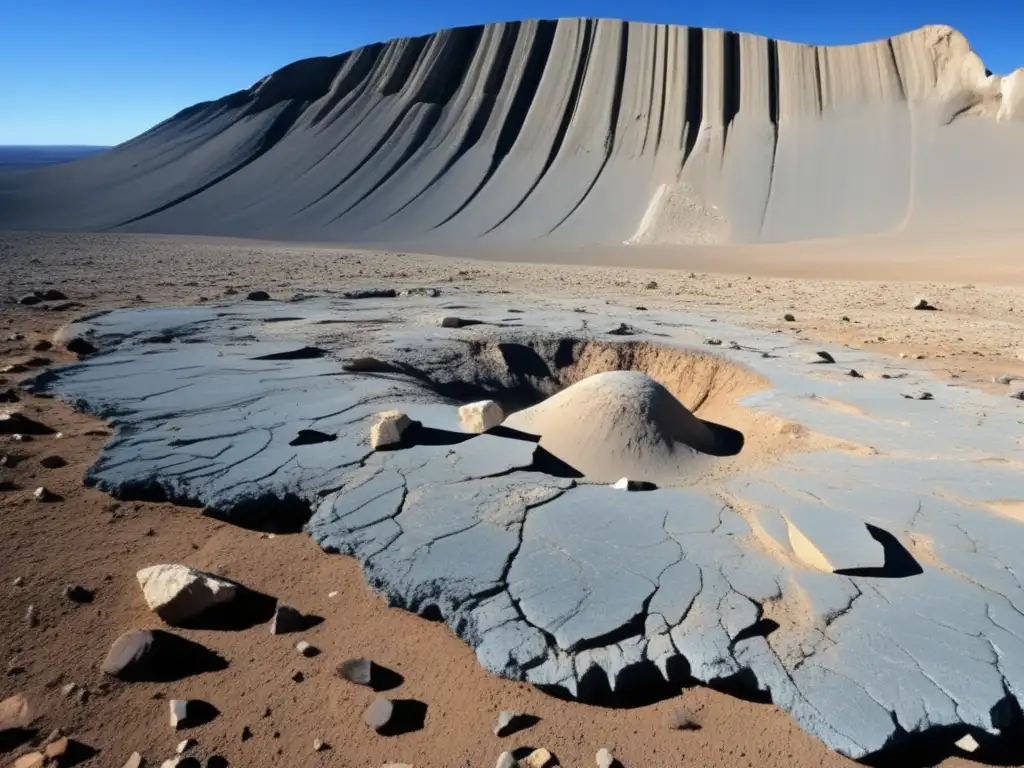
What are Impact Breccias?
Impact breccias are rocks that are formed by the impact of an asteroid on the target surface. These rocks are composed of fragments of the target rocks that were broken and mixed together during the impact. Impact breccias can be found around impact craters and are often used as a geological indicator of an impact event.
What Can Impact Breccias Tell Us?
Studying impact breccias can provide important information about the impact event and the target surface. The size and composition of the breccias can give clues about the energy and speed of the impact, as well as the nature of the target rocks. The study of impact breccias can also help to understand the processes that occur during an impact, such as shock metamorphism and melting of rocks.
Where Can Impact Breccias Be Found?
Impact breccias can be found around impact craters, but they can also occur in other geological contexts. For example, impact breccias have been found in lunar samples collected by the Apollo missions, in sedimentary rocks deposited after an impact event, and even in deep-sea sediments where they were transported by ocean currents.
The Role of Asteroid Impacts in Planetary Evolution
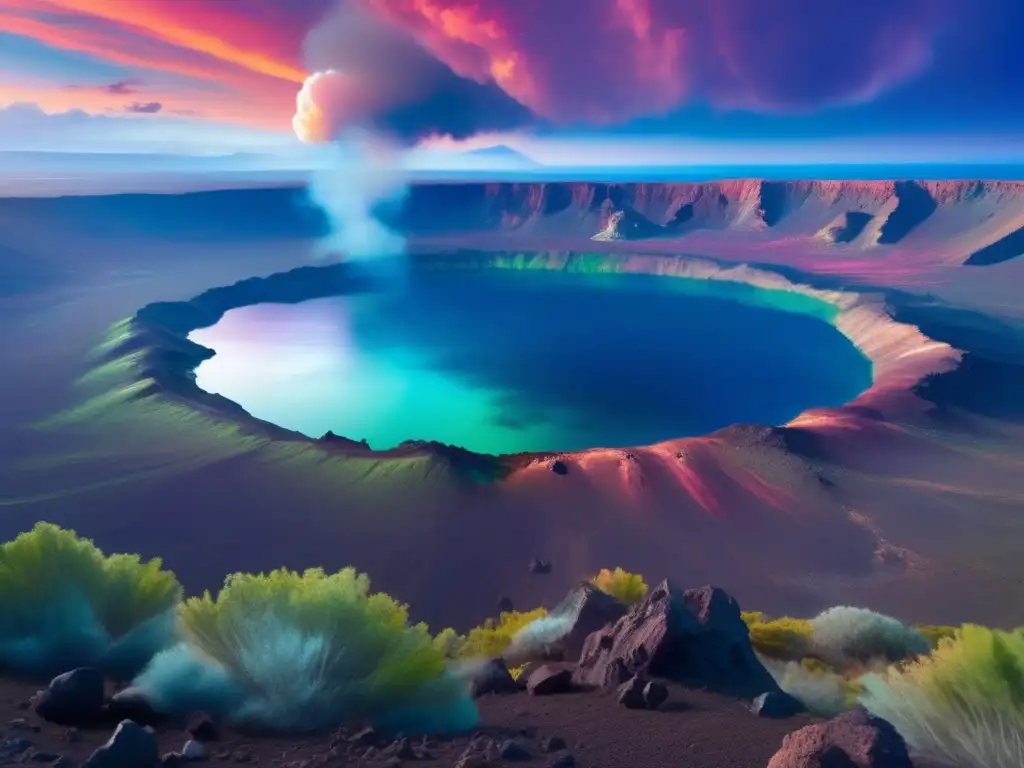
The Early Solar System: Formation of Planets
Asteroid impacts played a fundamental role in the formation of the planets of the solar system. The early solar system was a chaotic environment, with asteroids and comets colliding and merging to form larger bodies. The growth of these bodies eventually led to the formation of planets.
The Late Heavy Bombardment
Approximately 4 billion years ago, the inner solar system underwent a period of intense asteroid impacts known as the Late Heavy Bombardment. During this period, the Moon and the planets Mercury, Venus, and Mars were bombarded by asteroids and comets, creating impact craters that can still be seen today.
The Late Heavy Bombardment had significant effects on the planets' environments, such as causing volcanic activity and contributing to the formation of the atmospheres. The bombardment also had implications for the evolution of life on Earth, as it may have caused several mass extinctions that paved the way for the emergence of new forms of life.
The Role of Asteroid Impacts Today
Although the probability of a catastrophic asteroid impact is low, it is essential to study these events to understand the risks they pose to our planet and to develop strategies to mitigate them. Several space agencies, such as NASA and ESA, are actively monitoring and cataloging near-Earth asteroids to identify potential impact hazards and to plan missions to study and deflect them if necessary.
Frequently Asked Questions

-
What is an impact crater?
An impact crater is a circular depression on the surface of a planet or a moon that is created by the collision of an asteroid or a comet.
-
How do geologists determine the age of impact craters?
Geologists use several methods to estimate the age of impact craters, such as radiometric dating of rocks and studying the layers of sedimentary rocks deposited after the impact.
-
What are impact breccias?
Impact breccias are rocks that are formed by the impact of an asteroid on the target surface. They are composed of fragments of the target rocks that were broken and mixed together during the impact.
-
What is the Late Heavy Bombardment?
The Late Heavy Bombardment was a period approximately 4 billion years ago when the inner solar system underwent intense asteroid impacts, causing significant environmental effects on the planets and possibly contributing to the evolution of life on Earth.
-
What is NASA doing to mitigate asteroid impact hazards?
NASA and other space agencies are monitoring and cataloging near-Earth asteroids to identify potential impact hazards and to plan missions to study and deflect them if necessary.
Conclusion
Asteroid impacts have played a fundamental role in the evolution of the solar system and continue to pose risks to our planet. By studying the geological clues left behind by ancient impacts, we can learn more about these catastrophic events and develop strategies to mitigate their potential effects. The study of impact craters, impact breccias, and other geological indicators of asteroid impacts provides valuable insights into the history of our planet and the universe. We invite you to share your thoughts and engage with www.asteroidrealm.com by subscribing, sharing this article on social networks, or leaving a comment below.
Additional Resources
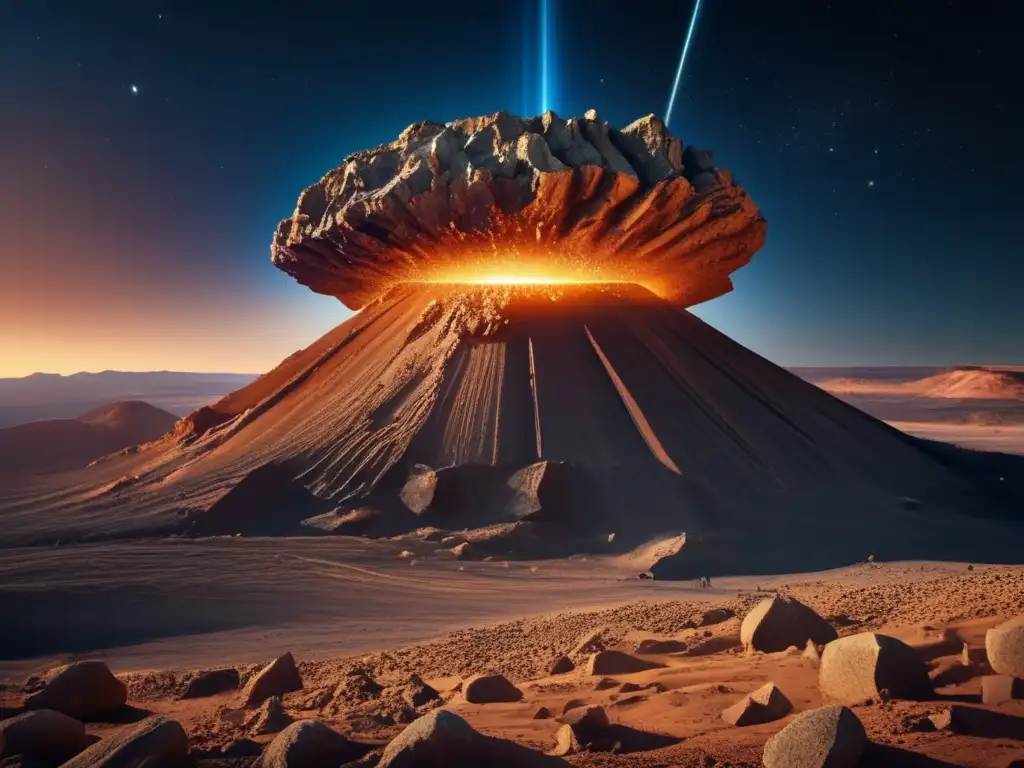
If you want to delve deeper into the topic of asteroid impacts, we recommend the following resources:
- NASA Planetary Defense
- Lunar and Planetary Institute: Impact Cratering
- The Near-Earth Asteroid Threat and What to Do About It
- NOVA: Asteroid Doomsday
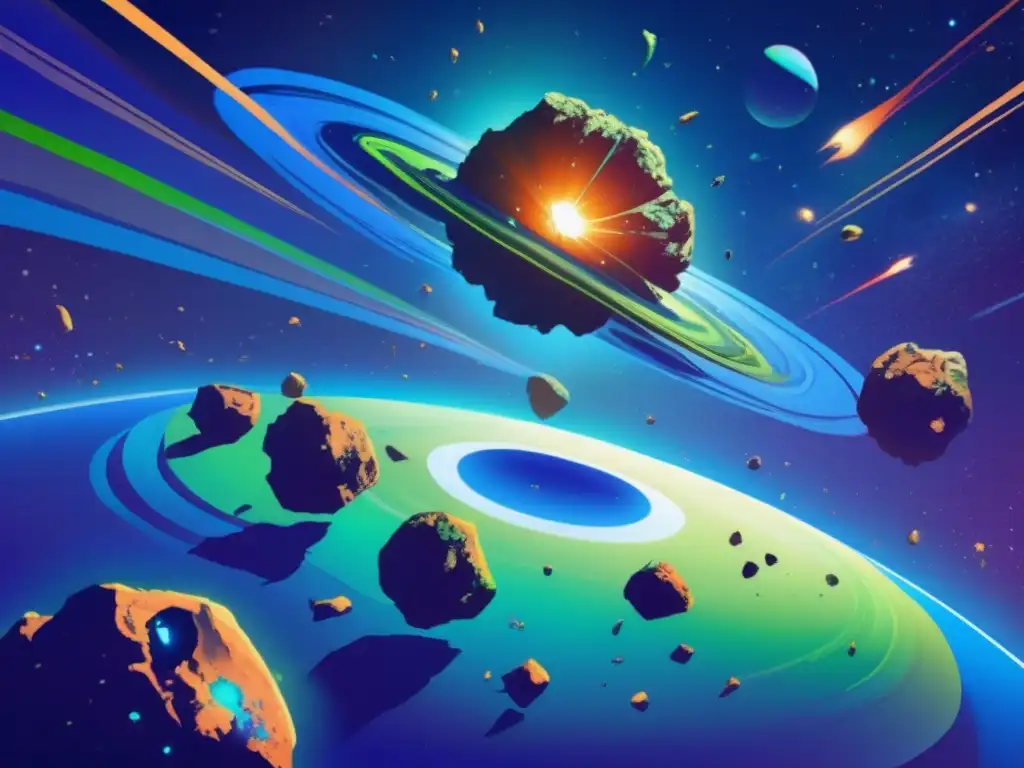 Asteroids And Evolution: Impact On Biodiversity
Asteroids And Evolution: Impact On Biodiversity Impact Hypotheses: Debating The Causes Of Mass Extinctions
Impact Hypotheses: Debating The Causes Of Mass Extinctions Asteroid Aftermath: The Impact On Civilization
Asteroid Aftermath: The Impact On CivilizationIf you want to discover more articles similar to Reading The Rocks: Geological Clues To Ancient Impacts, you can visit the Asteroid Impacts category.
Leave a Reply

Articulos relacionados: